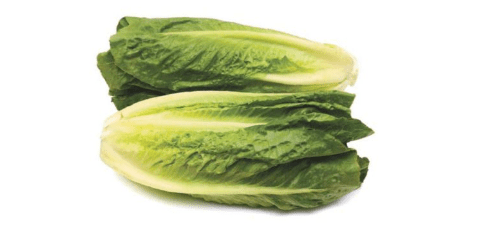The Centers for Disease Control and Prevention’s quick, all-encompassing action in this romaine lettuce outbreak has some in the produce industry frustrated.
In the early afternoon of Nov. 20, the CDC advised U.S. consumers to throw away all their romaine lettuce, and restaurants and retailers to stop selling it indefinitely.
The outbreak has sickened 32 people with E. coli in the U.S., and Canadian health officials report 18 people have gotten sick from E. coli with the same DNA fingerprint.
Tom Stenzel, United Fresh Produce Association CEO, said the Food and Drug Administration gave industry members about 90 minutes warning before this announcement Nov. 20.
“We wanted them to give us some time to work it out,” he said.
Stenzel said the frustration comes on many levels. For one, he didn’t know why such a broad advisory was given considering those who are ill are in a tight geographic cluster.
“It’s not true that all romaine is dangerous,” he said.
United Fresh said in a member alert Nov. 20, “Despite our urging that the industry could clearly identify some sources of romaine coming onto the market as not related to the outbreak, the CDC and FDA also are requesting the voluntarily withdrawal of romaine lettuce before it enters commerce.
The best way to limit the impact of this outbreak is to solve it quickly. We are working aggressively with stakeholders to try to narrow the source of the outbreak so that the FDA can withdraw this comprehensive advisory. If industry members receive a request from a regulator for traceback information, please respond as quickly as possible.
We are working cooperatively with the CDC, FDA and state agencies to ensure public safety and bring romaine lettuce back on the market as soon as possible.”
The FDA said it had to work quickly, especially considering this is a holiday week.
“The quick and aggressive steps we’re taking today are aimed at making sure we get ahead of this emerging outbreak, to reduce risk to consumers, and to help people protect themselves and their families from this foodborne illness outbreak,” said FDA Commissioner Scott Gottlieb, in a news release.
Stenzel said the government action puts all romaine growers in a tough spot, particularly ones who are just now harvesting and can’t be involved in this outbreak since their product wasn’t in the market during the October illness outset dates.
“I don’t know what growers close to harvest will do, but I don’t think this will be resolved in the next couple days,” he said, suspecting growers will have to destroy all those crops.
He said early in the investigation, the FDA isn’t open to allowing romaine from other regions to be sold.
For example, Stenzel said he told the FDA that the lettuce involved in the illnesses isn’t from Yuma, AZ, because shippers weren’t harvesting from there yet.
“So, could we ship from Yuma?” he asked the FDA.
He said the FDA told him, No, because consumers wouldn’t be able to make that distinction.
Romaine has been connected to two recent outbreaks. The CDC said sick people in this outbreak were infected with E. coli with the same DNA fingerprint as the E. coli strain found from sick people in a 2017 outbreak linked to leafy greens in the United States and to romaine lettuce in Canada.
The current outbreak is not related to a recent multistate outbreak of E. coli O157:H7 infections linked to romaine lettuce, which were traced to fields in Yuma, AZ.



